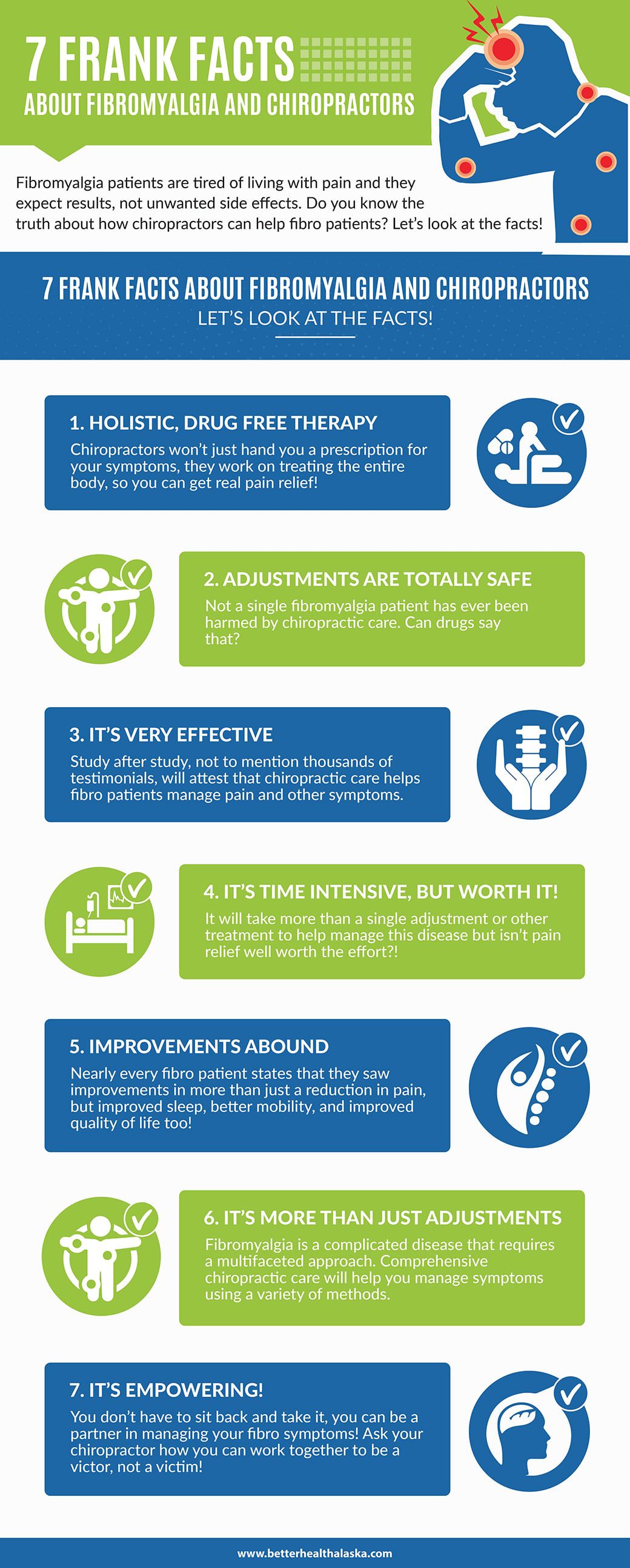Prepare Yourself To Check Out The Fascinating Cellular Communications Of Cold Laser Therapy And Its Use Of Light For The Purpose Of Healing. Delve Better Right Into The Realm Of Science!
Prepare Yourself To Check Out The Fascinating Cellular Communications Of Cold Laser Therapy And Its Use Of Light For The Purpose Of Healing. Delve Better Right Into The Realm Of Science!
Blog Article
Write-Up Author-Benson Peters
You may have become aware of cold laser therapy as a promising treatment choice for different problems, but have you ever wondered exactly how it in fact services a cellular level? Recognizing the mechanisms behind this treatment can clarify its effectiveness in advertising healing and reducing inflammation. By checking out https://professionalchiropracticc39517.techionblog.com/29080104/advanced-therapies-the-influence-of-medical-laser-therapists-on-the-future-of-patient-care behind cold laser treatment, you'll obtain insights right into the fascinating ways in which light can affect mobile processes and assist in tissue repair service.
Exactly How Cold Laser Therapy Functions
To comprehend exactly how cold laser treatment works, you require to realize the essential principles of exactly how light energy communicates with biological cells. Cold laser treatment, likewise known as low-level laser treatment (LLLT), utilizes particular wavelengths of light to penetrate the skin and target underlying cells. Unlike the extreme lasers utilized in operations, cold lasers give off low degrees of light that don't create heat or trigger damage to the tissues.
When these mild light waves reach the cells, they're taken in by parts called chromophores, such as cytochrome c oxidase in mitochondria. This absorption sets off a collection of organic reactions, consisting of boosted mobile energy production and the launch of nitric oxide, which enhances blood circulation and minimizes swelling.
In addition, the light energy can also stimulate the production of adenosine triphosphate (ATP), the power currency of cells, aiding in cellular fixing and regrowth processes.
In read this , cold laser therapy uses the power of light power to promote healing and reduce discomfort in a non-invasive and gentle manner.
Devices of Activity
How does cold laser treatment actually work to produce its healing impacts on biological tissues?
Cold laser therapy, also known as low-level laser treatment (LLLT), operates with a procedure referred to as photobiomodulation. When the cold laser is put on the skin, the light power passes through the tissues and is soaked up by chromophores within the cells.
These chromophores, such as cytochrome c oxidase in the mitochondria, are after that stimulated by the light energy, leading to a cascade of biological reactions. One key system of activity is the enhancement of cellular metabolic rate.
The soaked up light energy increases ATP manufacturing in the mitochondria, which is crucial for mobile feature and repair work. In addition, cold laser therapy assists to decrease swelling by hindering inflammatory mediators and advertising the launch of anti-inflammatory cytokines.
This anti-inflammatory effect adds to discomfort alleviation and tissue healing.
Therapeutic Results
Comprehending the therapeutic results of cold laser treatment entails recognizing how the boosted cellular metabolic rate and anti-inflammatory residential or commercial properties add to its positive end results on organic tissues.
When the cold laser is applied to the damaged location, it promotes the mitochondria within the cells, resulting in enhanced manufacturing of adenosine triphosphate (ATP), which is important for cellular feature and repair service. This boost in mobile power speeds up the recovery process by advertising cells regeneration and decreasing swelling.
In addition, the anti-inflammatory buildings of cold laser therapy assistance to decrease pain and swelling in the targeted location. By inhibiting inflammatory conciliators and advertising the release of anti-inflammatory cytokines, cold laser treatment help in easing pain and enhancing the general recovery feedback.
This decrease in swelling not just provides immediate relief but also supports lasting cells repair service.
Verdict
Finally, cold laser treatment works by stimulating mobile repair service and tissue regrowth through photobiomodulation. Its anti-inflammatory buildings give discomfort alleviation and reduce swelling by preventing inflammatory conciliators.
This therapy offers a thorough method to recovery, providing both instant alleviation and long-term cells repair work advantages.
Through its mechanisms of activity, cold laser treatment shows to be an effective and appealing therapy alternative for a selection of problems.
